15 Old Villages Around the World With Legendary Festivals
Some villages seem frozen in time, where old traditions are still alive through colorful celebrations. These places carry stories passed down through generations, turning every festival into a living piece of history. Travelers who love culture and community spirit will find these celebrations truly special. Each event gives a glimpse into local customs that have lasted for centuries.
This post may contain affiliate links, which helps keep this content free. Please read our disclosure for more info.
Bhaktapur, Nepal
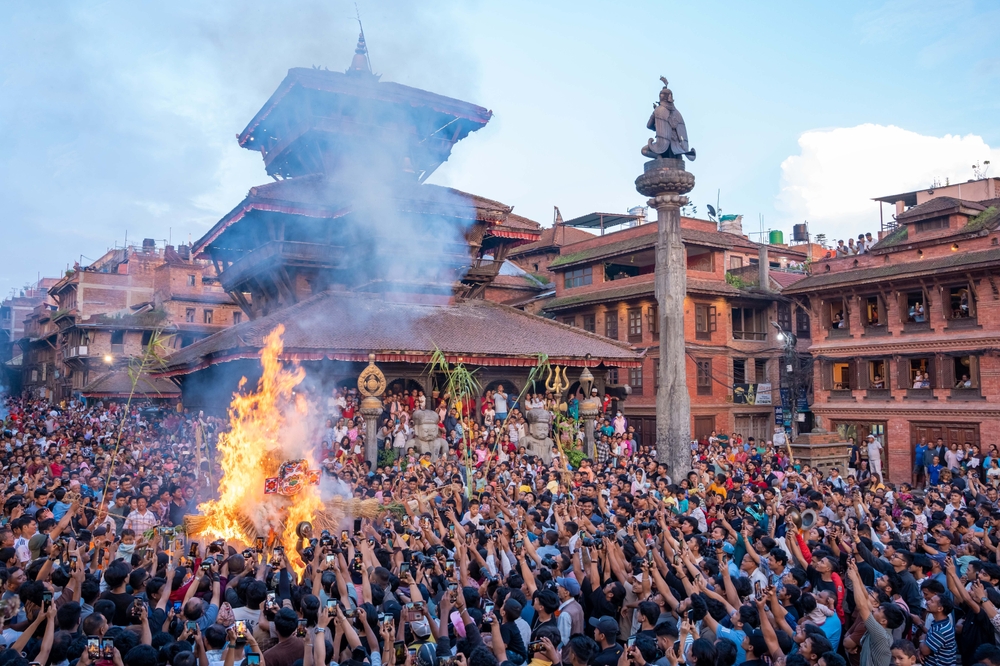
Bhaktapur is a centuries-old city known for its well-preserved temples and brick-paved streets. It comes alive during the Bisket Jatra festival, celebrated every April to mark the Nepali New Year. The event features a chariot procession, tug-of-war games, and rituals symbolizing good fortune. Locals and visitors gather in the Durbar Square to witness the vibrant energy that fills the air.
The festival reflects Bhaktapur’s deep connection to its ancient Newar traditions. Large wooden chariots carry statues of gods and goddesses through narrow streets lined with cheering crowds. The celebration lasts for several days, filled with music and offerings. It is one of Nepal’s most dramatic and historic events, drawing people from all over the country.
Binche, Belgium

The medieval town of Binche is famous for its unique carnival that dates back to the 14th century. The Carnival of Binche is recognized by UNESCO for its cultural importance. Locals dress as Gilles, wearing wax masks and colorful costumes, and parade through the cobbled streets. Oranges are thrown into the crowd as a symbol of good luck and joy.
The festival takes months of preparation and ends with dancing, drumming, and fireworks. Every year, locals honor their ancestors through this age-old celebration. Visitors are encouraged to join in the festivities, though the customs are taken seriously by participants. The Carnival remains one of Europe’s most respected traditional events.
Takayama, Japan
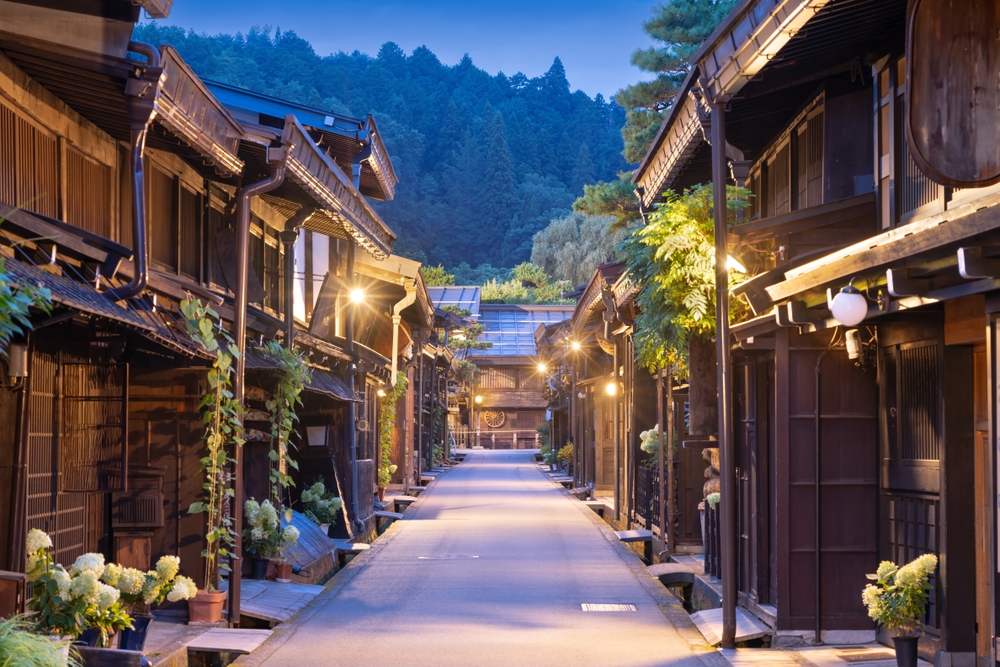
Takayama, located in the Japanese Alps, is known for its Edo-period charm and traditional wooden houses. The Takayama Festival, held in spring and autumn, is among Japan’s most beautiful. Intricate floats decorated with lanterns and puppets are paraded through the streets. Locals wear traditional dress, and music fills the town as visitors gather to watch.
The floats are masterpieces that reflect centuries of Japanese craftsmanship. Each one represents different neighborhoods that take pride in their presentation. The nighttime illumination, known as yatai, creates a magical atmosphere. This festival shows how Takayama balances ancient artistry with living culture.
Pushkar, India
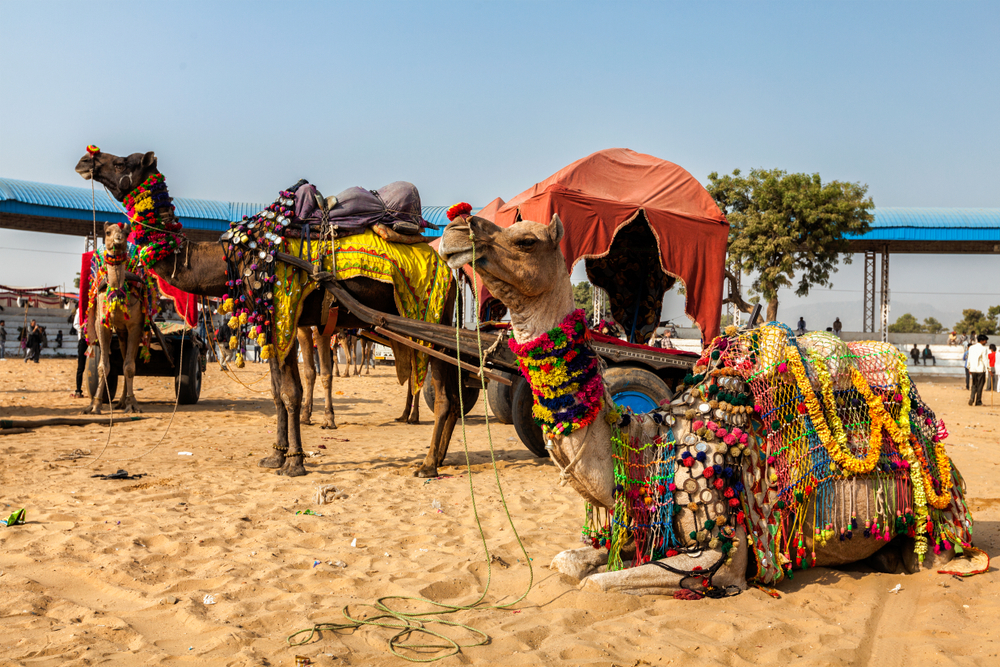
Pushkar is one of the oldest towns in Rajasthan, surrounded by desert dunes and sacred temples. Every November, it hosts the famous Pushkar Camel Fair, a mix of tradition, trade, and spirituality. Thousands of camels are brought for buying, selling, and beauty contests. Pilgrims also come to bathe in Pushkar Lake, believed to purify the soul.
The fair includes folk music, dancing, and vibrant bazaars filled with handmade crafts. Local performers and farmers celebrate their desert heritage with pride. The event draws people from across India and around the world. It remains a perfect example of Rajasthan’s living cultural spirit.
Oaxaca, Mexico
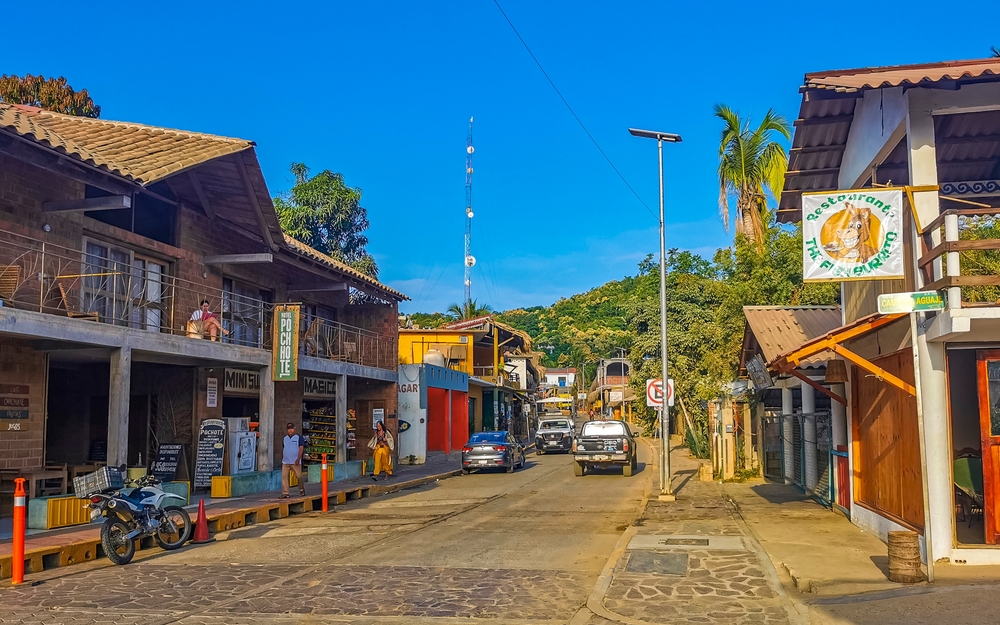
Oaxaca is a colonial city rich in indigenous culture and colorful traditions. The Guelaguetza Festival, celebrated in July, highlights the diverse heritage of the region’s native communities. Dancers from different villages perform on a hilltop stage, dressed in traditional attire. The festival is filled with folk music, parades, and local cuisine.
The word “Guelaguetza” means offering, representing unity among the different groups. It has roots in pre-Hispanic rituals dedicated to the corn goddess. Over time, it became one of Mexico’s most iconic cultural events. Today, it stands as a joyful expression of Oaxaca’s identity and pride.
Giethoorn, Netherlands

Giethoorn, often called the “Venice of the North,” is known for its canals and thatched-roof cottages. The village hosts the Gondelvaart Festival every August, where residents decorate boats with lights and flowers. The glowing boats move gracefully across the canals after sunset. Music and laughter fill the air as families watch from bridges and gardens.
The festival began as a small community event and has grown into a national attraction. It reflects the Dutch love for water and creativity. Visitors enjoy the charming blend of tradition and village life. The evening ends with fireworks that light up the quiet waterways.
Alcoy, Spain
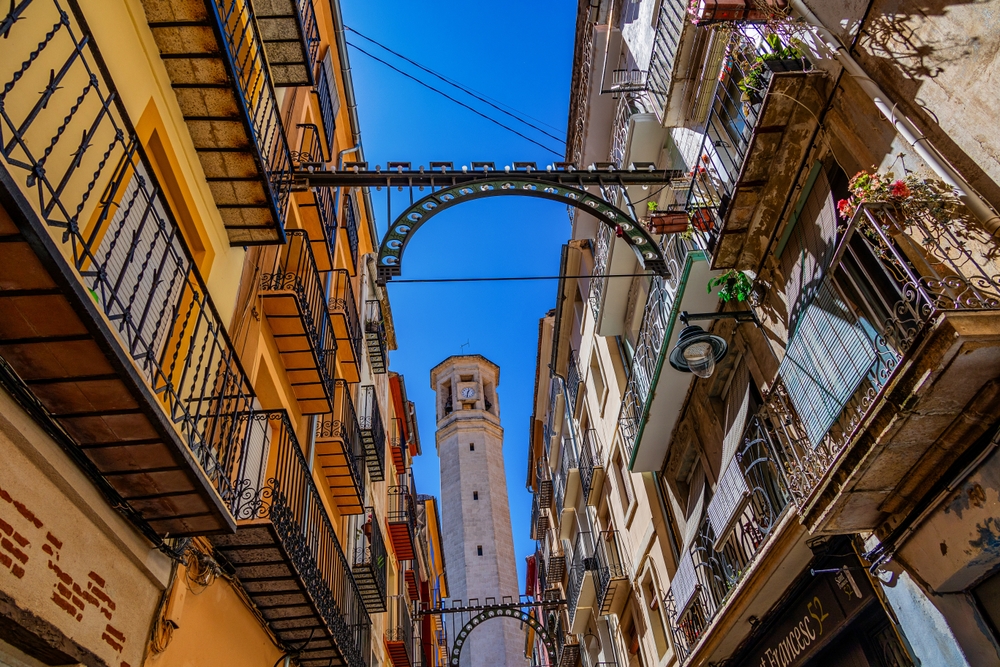
The town of Alcoy in Alicante is famous for its elaborate Moors and Christians Festival. It commemorates the battles fought between the two groups during the Middle Ages. Locals dress in historical costumes and stage parades through the narrow streets. The event includes mock battles, music, and performances that tell stories of conquest and faith.
This festival takes place every April and lasts for several days. The colorful processions fill the city with excitement and pride. It has become one of Spain’s most spectacular historical reenactments. Visitors experience a vivid blend of culture, drama, and pageantry.
Pingxi, Taiwan
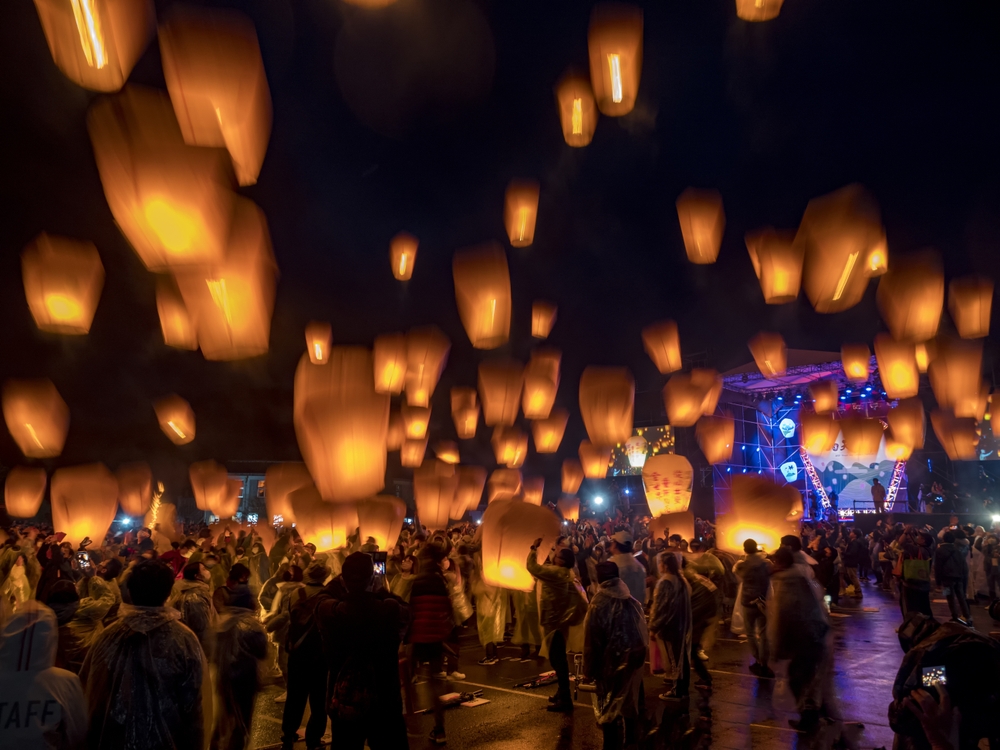
The small village of Pingxi is surrounded by mountains and rivers, creating a peaceful backdrop for its famous Sky Lantern Festival. Every year during the Lantern Festival, locals release thousands of lanterns into the night sky. Each lantern carries handwritten wishes for happiness, health, and success. The glowing scene attracts travelers from across Asia.
Originally, lanterns were used as signals during wartime centuries ago. Today, they symbolize hope and unity. The festival promotes harmony between people and nature. Watching the sky fill with warm light is a moment that feels timeless.
Buñol, Spain
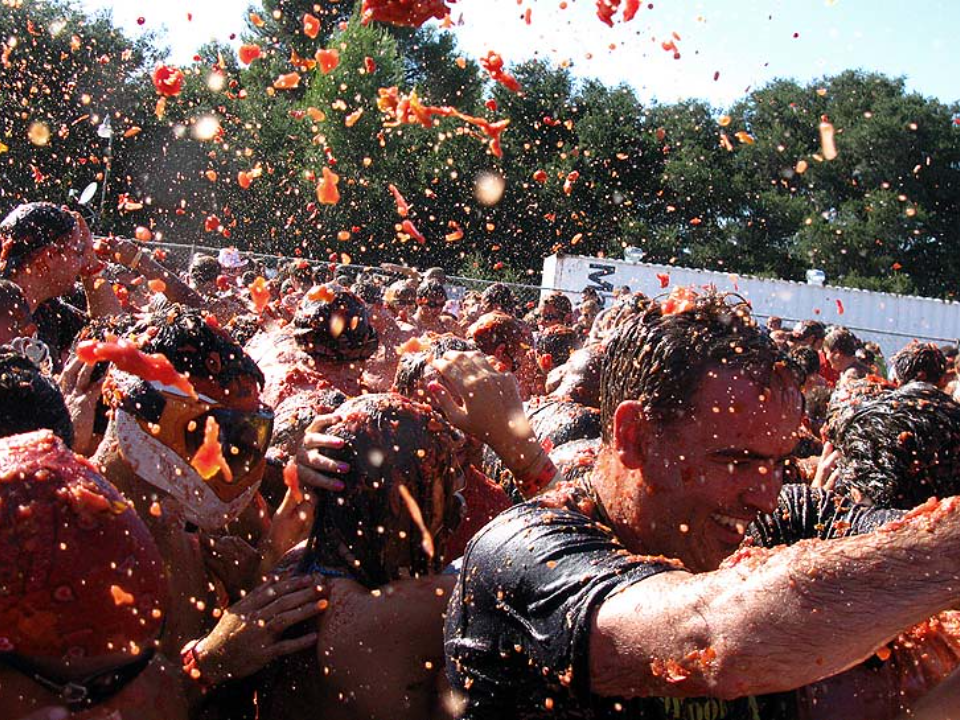
Buñol, a small village near Valencia, is home to La Tomatina, one of the world’s most unusual festivals. Each August, locals and visitors gather to throw tons of ripe tomatoes at one another. The streets turn red as laughter and chaos fill the air. The event lasts about an hour but creates memories that last much longer.
It began in the 1940s as a playful food fight and has since become a major international attraction. The festival celebrates fun, friendship, and community spirit. After the battle, fire trucks wash the streets clean, and music continues late into the night. It is a cheerful reminder that celebration can come from the simplest things.
Menton, France
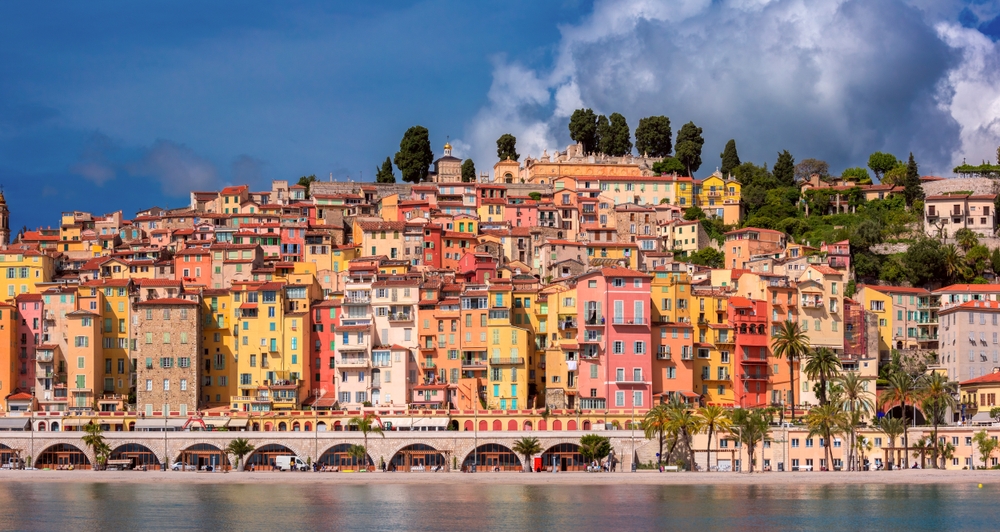
Menton is a picturesque coastal town near the Italian border, known for its annual Lemon Festival. Each February, the town transforms into a bright display of citrus sculptures and parades. Enormous floats and figures made entirely from lemons and oranges fill the streets. The scent of citrus mixes with the sea breeze, creating a joyful atmosphere.
The festival began in the 1930s to celebrate Menton’s lemon production. Artists and gardeners work for months to prepare the displays. Visitors can also enjoy concerts, street performances, and fireworks. It remains one of France’s most colorful celebrations of art and agriculture.
Chiang Mai, Thailand
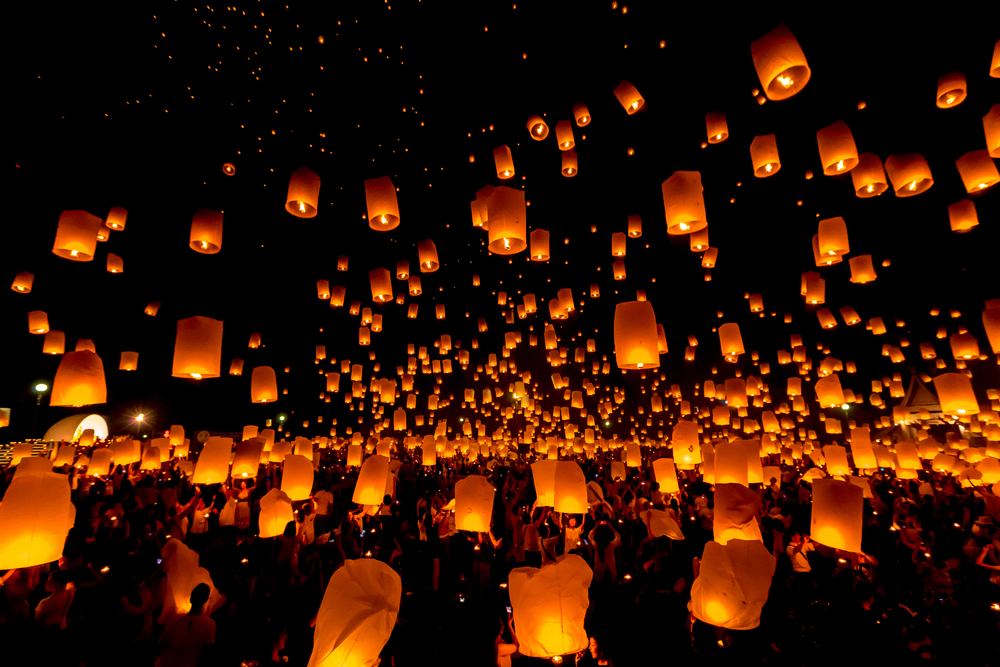
Chiang Mai, in northern Thailand, is known for its ancient temples and peaceful charm. During the Yi Peng Lantern Festival, thousands of paper lanterns float into the night sky. Locals and travelers release them together as an act of renewal and good fortune. The reflection of the lanterns over rivers and temples creates a breathtaking sight.
The festival takes place alongside Loy Krathong, where decorated baskets are floated on water. Both celebrations honor gratitude and letting go of negativity. Chiang Mai becomes filled with light, joy, and a sense of peace. It is one of the most beautiful experiences in Southeast Asia.
Cusco, Peru
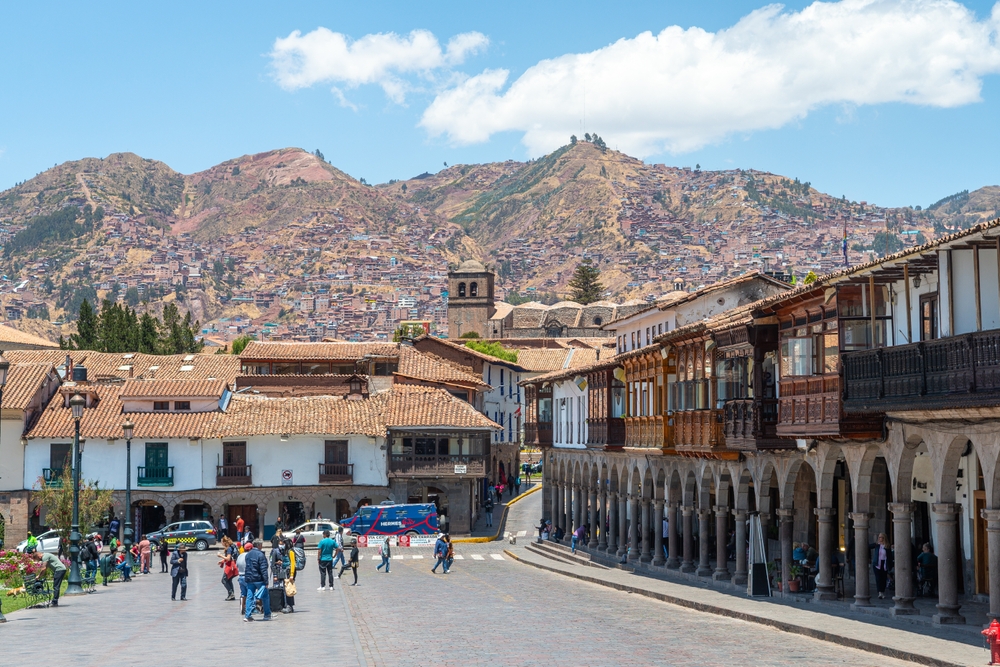
Cusco, once the capital of the Inca Empire, still holds ceremonies tied to ancient traditions. The Inti Raymi Festival in June celebrates the Incan sun god. Actors in colorful costumes reenact rituals at the Sacsayhuamán ruins. The event marks the winter solstice and honors the connection between nature and people.
Thousands attend to watch the grand performances that revive the empire’s history. Dances, chants, and offerings fill the city with excitement. The festival reflects both spiritual devotion and national pride. It connects modern Peruvians to their ancestral roots.
Obidos, Portugal
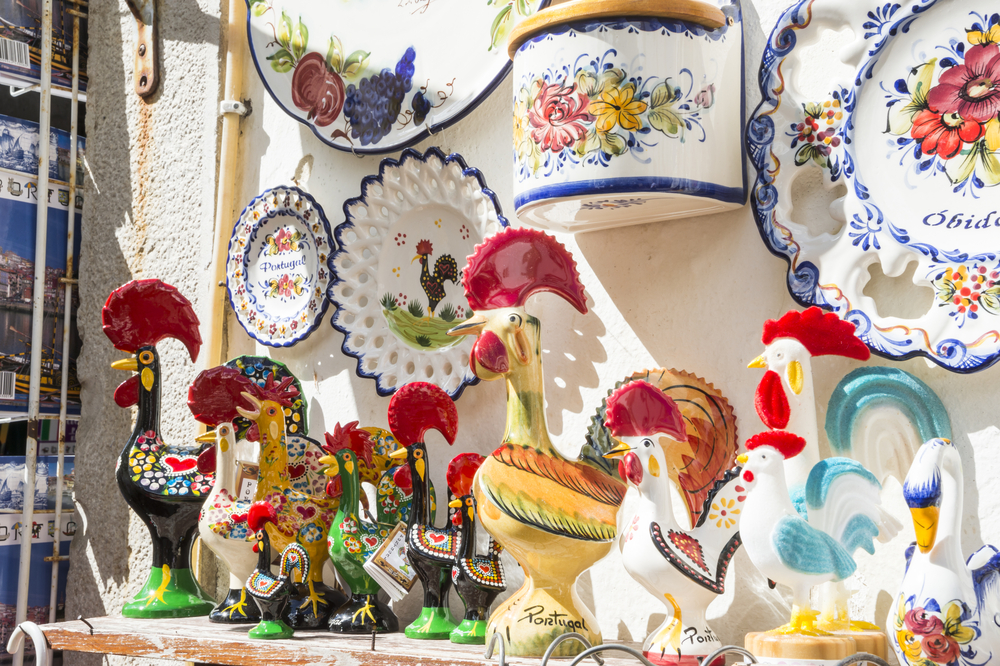
Obidos is a medieval town surrounded by castle walls and narrow stone streets. Every summer, it hosts a Medieval Market that brings history to life. Residents dress as knights, queens, and merchants, while markets sell traditional food and crafts. The aroma of roasted meat and sound of drums fill the old town.
The event recreates medieval life with music, jousting, and performances. Visitors can explore the castle and enjoy authentic feasts. It draws travelers interested in history and storytelling. The market turns Obidos into a living reminder of Portugal’s rich past.
Ban Chiang, Thailand
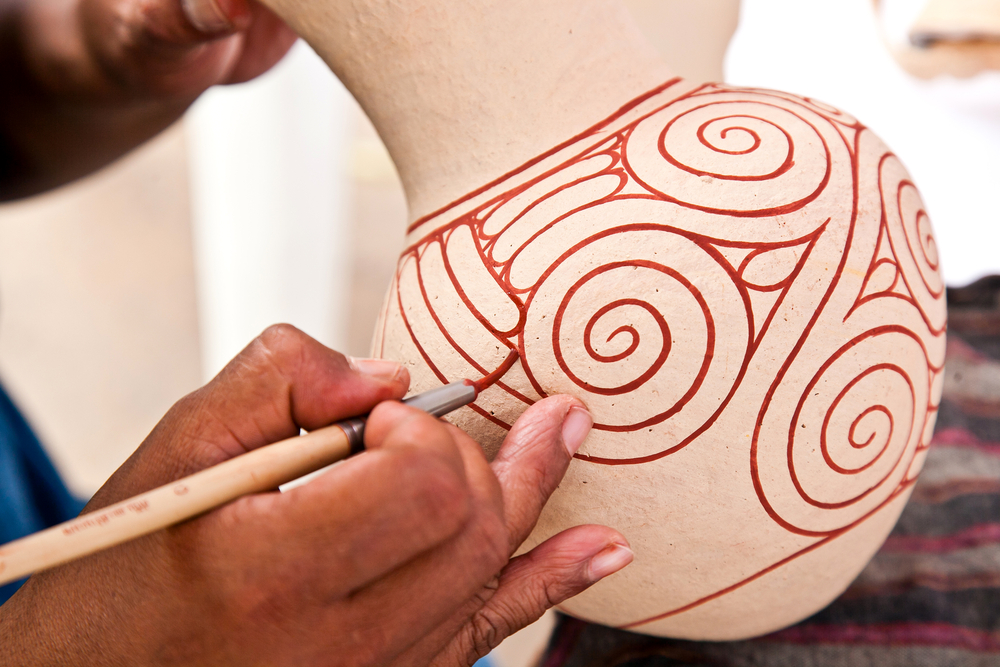
Ban Chiang is a UNESCO World Heritage village famous for its ancient pottery and archeological finds. Each year, locals celebrate the Ban Chiang Pottery Festival to honor their heritage. Traditional pottery-making demonstrations, dances, and music fill the streets. Visitors can try their hand at shaping clay using methods passed down for centuries.
The event connects local artisans with travelers who appreciate ancient art. It also supports community livelihoods through cultural exchange. Workshops and markets highlight the craftsmanship that made the area famous. Ban Chiang continues to preserve its identity through this yearly celebration.
Hallstatt, Austria
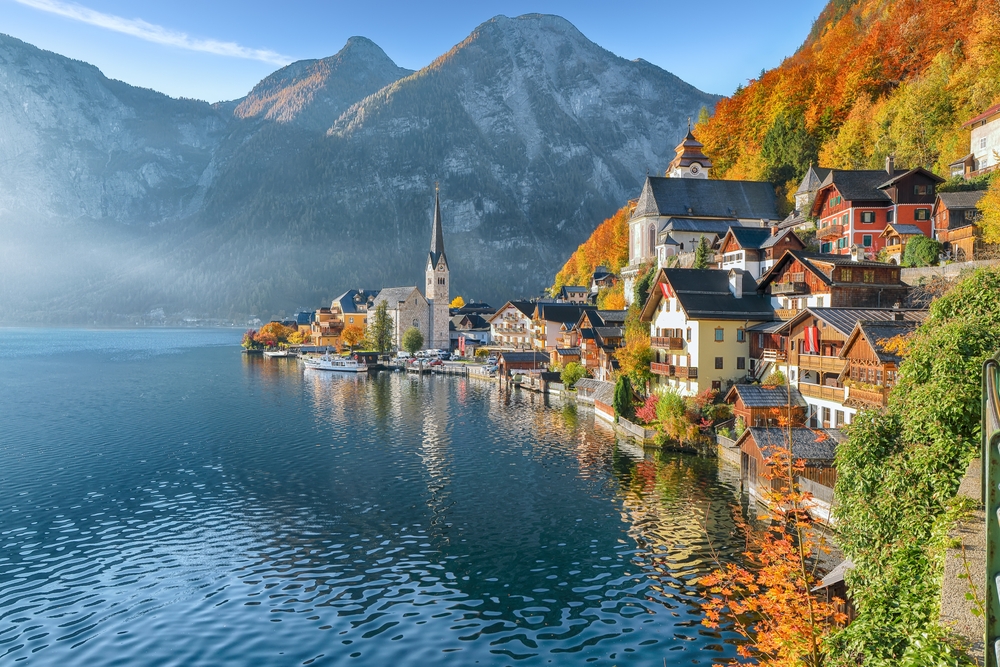
Hallstatt is a lakeside village surrounded by mountains, known for its history that dates back thousands of years. Every year, it celebrates Corpus Christi with a stunning procession on boats across the lake. Villagers decorate the boats with flowers and banners while priests bless the water. The reflection of the ceremony on the calm lake creates a peaceful image.
The event blends Catholic traditions with local customs passed through generations. Music from brass bands echoes through the valley. It is both spiritual and scenic, drawing visitors who value heritage and natural beauty. Hallstatt’s charm makes this annual celebration a truly unforgettable experience.
This article originally appeared on Avocadu.
